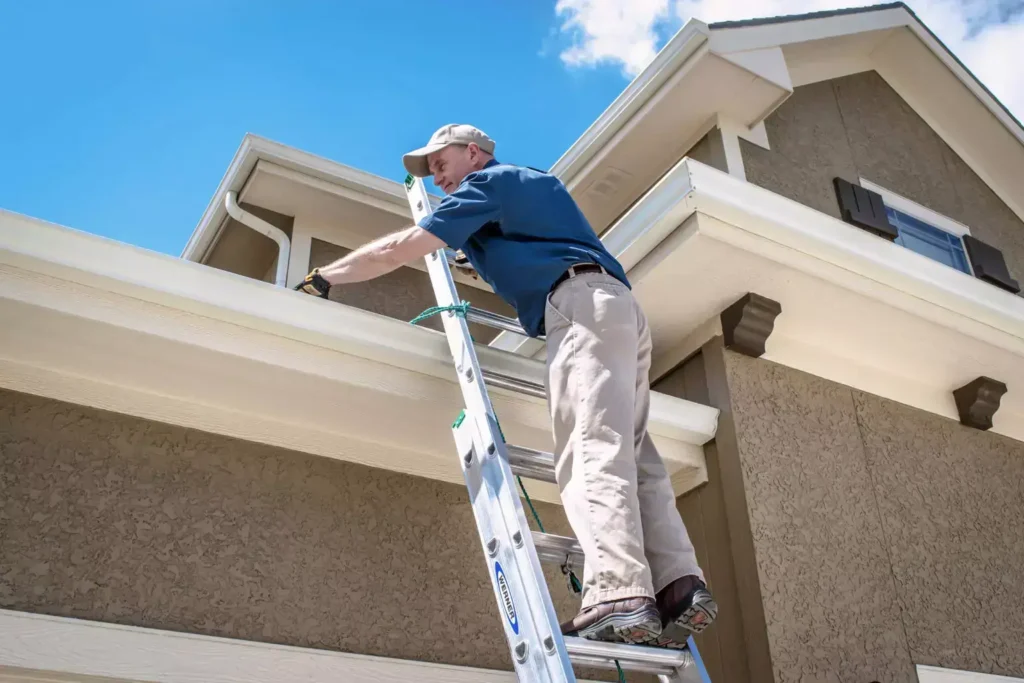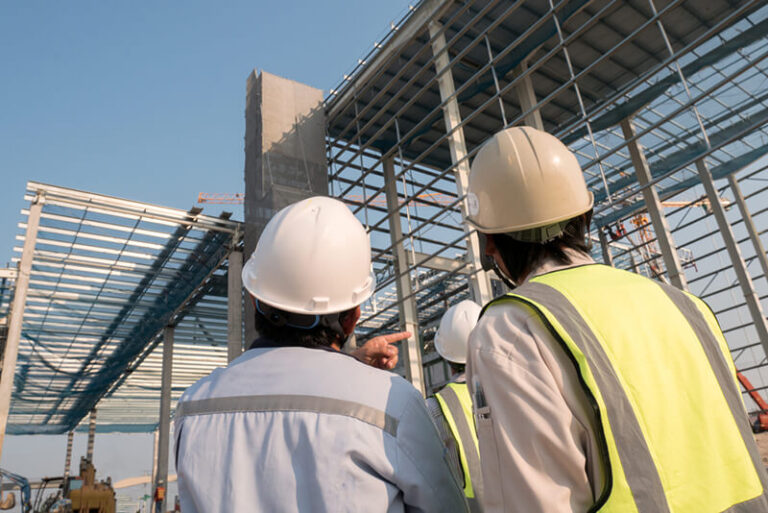As a homeowner, understanding the critical aspects to inspect is crucial. Exploring the question “Which Parts of Our House Are Very Important for Inspection in Residential Building Inspection” provides insights into the key areas that contribute to the safety, solidity, and longevity of your home. We explain in detail how to check important parts of a house that make it safe and strong, from the base to the roof. We meant to help people understand how important it is to carefully inspect homes, whether they are homeowners, possible buyers, or just interested in how homes work. Come with us as we go over the basic things that need your attention when you’re keeping and checking the health of your home.

Why Conduct Residential Building Inspections?
Regular residential Building inspections play a crucial role in safeguarding both property and its inhabitants. Conducting these assessments ensures the structural integrity of the house and identifies potential safety concerns that may arise over time. Inspectors meticulously examine vital elements like HVAC, plumbing, electrical, and roofing systems to identify and address issues in their early stages. Both the interior and exterior of the structure, encompassing windows, walls, and appliances, undergo thorough scrutiny. Inspectors diligently search for concerns such as pest infestations, water damage, and structural issues, aiming to catch and resolve these problems before they escalate. Preventing expensive repairs, preserving property value, and guaranteeing the house’s long-term habitability are the essential goals. These routine inspections are advantageous to homeowners because they give them important information and enable them to take protective action for a safer and maintained property.
Key Areas To Inspect In A Residential Building
Discover the key aspects of a comprehensive home building inspection in this blog. Exploring from the foundation to the roof, we delve into vital components ensuring the safety and structural soundness of your home. Uncover the essential tasks to maintain a secure and resilient living space, keeping your dwelling safe and robust.
Foundation And Structural Components
It is very important to carefully check a house’s base and other structural parts. Early detection of cracks, changes, or other signs of damage helps avoid structural problems that could make the whole building less stable. Taking care of these issues right away will protect and extend the life of the home.
Roof Inspection:
Regular roof checks are very important for keeping a house in good shape. It is important to find and fix any structural problems, such as leaks, missing shingles, or other problems with the structure, so that water doesn’t damage the inside of the house and the structure stays strong overall.
Plumbing System
For issues related to water to be avoided, the pipe system must be carefully checked. By checking for leaks, water pressure, and general usefulness, homeowners can catch plumbing problems early and fix them before they cause damage. This also makes sure that water flows smoothly throughout the house.
Electrical Systems
To make sure they are safe and legal, electrical systems need to be carefully looked over. Checking outlets, making sure wiring is up to code, and fixing any safety issues found early on help prevent electrical dangers and provide a safe living situation for residents.
HVAC Systems
For keeping things comfortable inside, HVAC systems need to be checked out completely. Checking heating, ventilation, and air conditioning systems makes sure they work well, which saves energy and makes the home more comfy. Additionally, regular inspections help find possible problems before they get worse, which extends the life of these important systems.
Exterior Inspection
A full inspection of the outside of a residential building is essential for keeping it healthy and looking good. As part of this process, things like siding, outer walls, windows, and doors are closely looked at. By looking at the siding and walls, you can find damage, rot, or signs of pests. Windows and doors are checked to make sure they close properly, work properly, and are safe. By noticing these problems early on, homeowners can keep their property safe and secure and stop further damage. A review of the outside of the building not only makes it last longer, but it also makes it look better from the street. Checking these outside parts on a regular basis is a smart way to maintain a property and protect it from the weather and possible structural problems.

Interior Inspection
An interior check is an important part of keeping a residential building safe and working well. During this comprehensive process, inspectors examine walls, ceilings, and floors for cracks, water damage, and structural issues. Appliances undergo scrutiny to ensure proper functionality and safety. Homeowners should also remain vigilant for any indications of pest problems within their homes. Regular checks of the inside of homes give residents the power to quickly fix any problems that come up, stopping more damage and keeping the living space healthy. This strategic method not only keeps the property safe, but it also helps the interior parts last longer. By making regular interior inspections a priority, people can make sure that their homes are safe, comfortable, and long-lasting for years to come.
Common Issues Found In Residential Building Inspections
Find out about common problems that are found during home surveys. The problems that come up during exams, from problems with the structure to problems that were hidden. Learn about the problems that buyers and homeowners often face. This will give you the tools to fix or avoid these problems for a safe and secure living place.
Mold And Mildew
Mold and mildew can harm indoor air quality and cause health problems. A healthy living environment depends on quickly recognizing and resolving these problems.
Water Damage
Whether from leaks or inadequate drainage, water damage can lead to structural issues and mold growth. Timely detection and repair are essential to prevent further deterioration.
Pest Infestations
Insects and rodents can cause significant damage to a home’s structure. Regular inspections help identify and address pest infestations before they become widespread.
Structural Weakness
Problems like fractures in the foundation or weak structural elements can jeopardize the building’s stability as a whole. Safety requires that structural flaws be fixed as soon as possible.
Electrical Hazards
There are risks because of bad wiring, old electrical systems, and worries about safety. Finding and fixing electricity problems is important for making sure that living spaces are safe. Regular checks are very important for catching and fixing these common problems, keeping the property’s value high and making sure the people who live there are safe.
Safety Measures In Residential Buildings
Making homes secure involves implementing robust safety measures. This encompasses various aspects to safeguard both people and property. Regularly checking smoke detectors, maintaining firefighting equipment, and ensuring accessible escape routes are vital for fire safety. Routine assessments of electrical systems identify and address potential hazards, ensuring compliance with safety regulations. Putting a focus on HVAC (heating, ventilation, and air conditioning) system efficiency improves indoor air quality and inhabitants’ health. These group safety precautions foster a sense of security in addition to preventing calamities.
Conclusion
In conclusion, paying close attention to every detail during a home inspection is key to being a responsible homeowner. When we grasp the important areas that need checking, from the foundation to the roof, we’re better equipped to keep our homes safe and lasting. Giving priority to these inspections means we catch and fix potential problems early, creating a home that can withstand the years. So, keep in mind, being proactive about residential building inspections is like making a long-term investment in the health and happiness of your beloved home.











